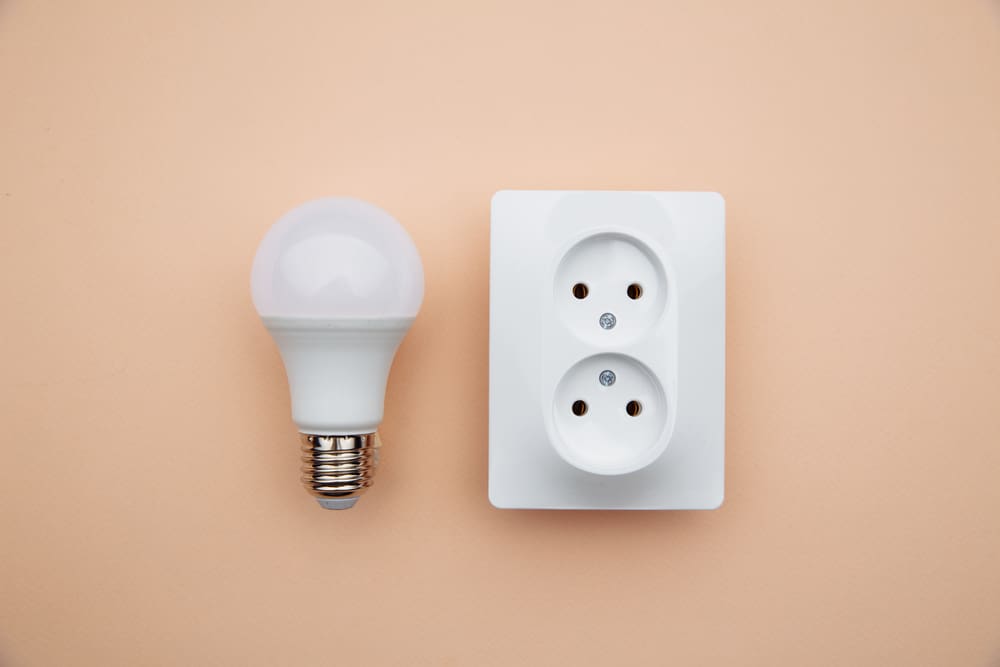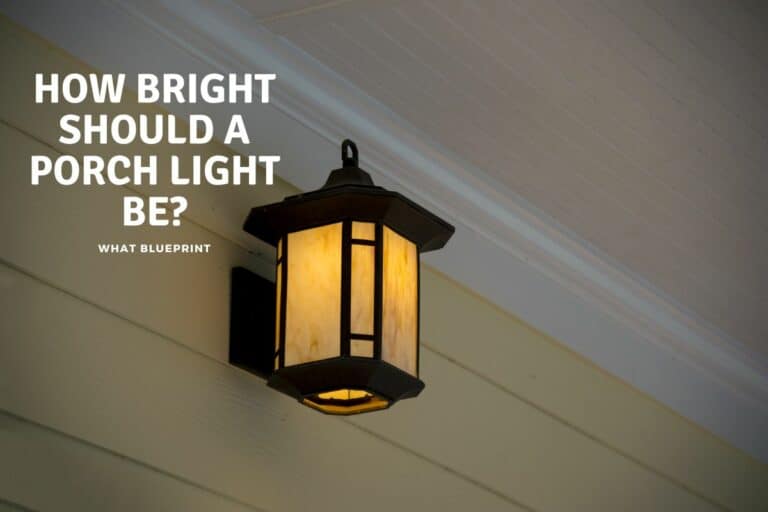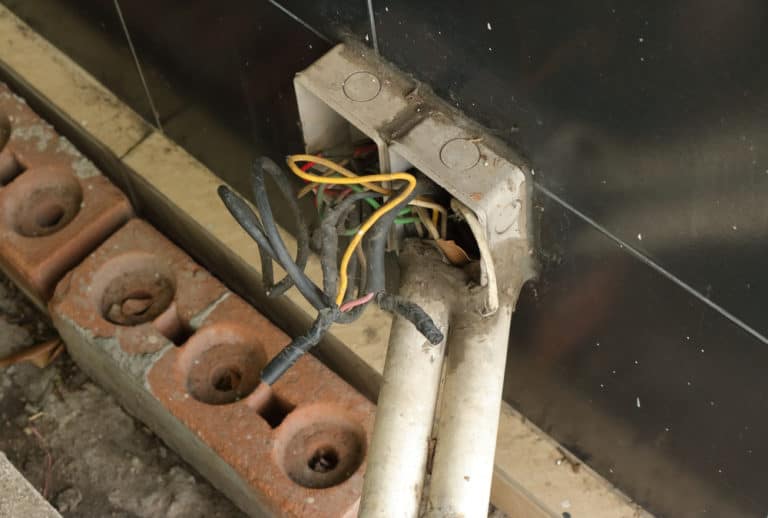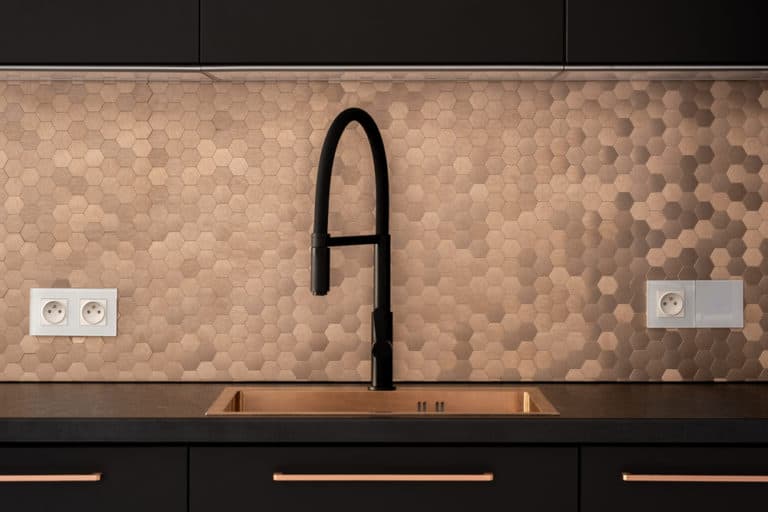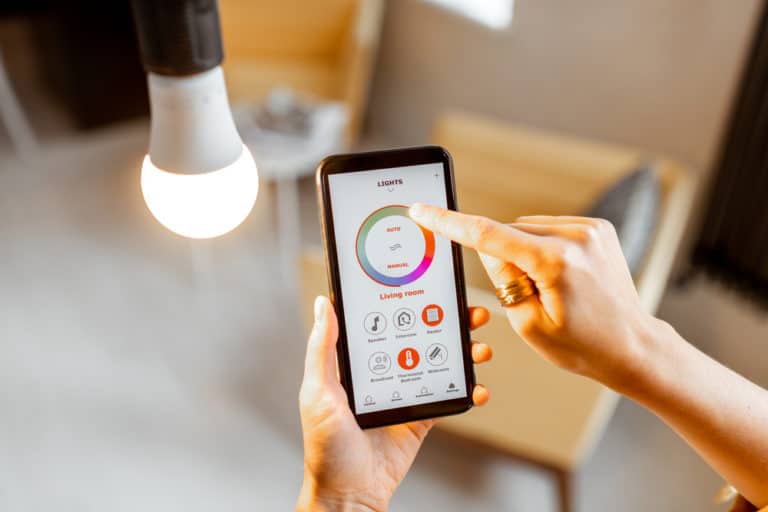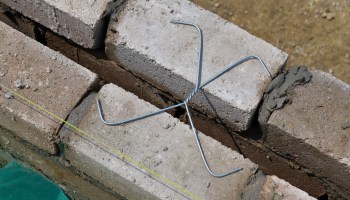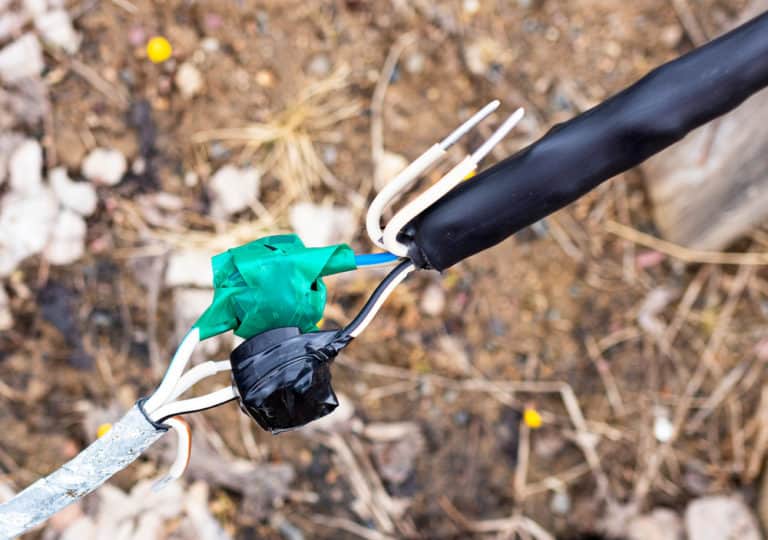Can You Wire an Outside Light to a Plug Socket?
You can never underestimate the power of outside lights. After all, they enable you to see clearly in all conditions, helping you feel safer and more confident when you’re out and about. But with so many options, you need to know which kind of lighting will suit your needs and how to fit them safely.
Part P makes any electrical work done outside fall under its rules. Wiring an outdoor light to a plug is acceptable as long as the plug is rated at 3AMPs, and the cable is recommendable for outdoor use. It isn’t something you can just throw a plug socket in, and work automatically.
When you wire an outdoor light, you don’t just connect it to a plug socket. The cable needs to go somewhere. You don’t want the cable poking out behind the wall, or down through the ground, or across your roof. You want it to be as invisible as possible. So, the cable goes underground, where it can’t get in anyone’s way. The cable will be bundled, so you can’t easily see the wires; if you dig up the ground, you will just pull out more cables.
Outside light to a plug socket
No matter how handy you are with electronics, there are some things that you need to involve professionals. One of these is wiring an outside light into a socket, and this turns out to be more complicated than it looks. The basic principle is straightforward. You should wire and plug with a flex and then a plug socket.
In a normal installation, the flex runs from the light to the socket. But if you have an outside light, the flex runs outside, vulnerable to damage.
How to fit outdoor lights
When you think of outdoor lighting, you probably think of floodlights. A powerful lamp brightly illuminates them, and they direct their light downward.
A lot of people—and a lot of magazines—tell you to use these lights because they’re cheap, easy to install, and you have a choice of models. But floodlights aren’t the be-all and end-all of outdoor lighting. If you want outdoor lighting, that’s safer, brighter, and more energy-efficient, think about using spotlights.
To install outdoor lighting, you need to know what kind of light you want. Different kinds of light have different uses. For security, you want a light that can be seen from a long distance without distracting. Therefore, floodlights are a good choice. They are bright enough to make someone stand out on the road, but not so bright to attract unwanted attention.
For paths, you want a light that reaches the ground without creating a glare. So, streetlights are not a superb choice, but an uplight or a spotlight is great. For general illumination, you want a light that seems soft, not harsh. Accent lighting (lighting that makes a particular area stand out) is also a superb choice. But what kind of light you choose depends on the effect you want to create.
Light, of course, can be dangerous, so it is important to choose the right lights for your landscape. And where you live, it’s even more important. If you live in a damp area, you need to be careful about what type of bulb you use. A halogen bulb, for example, might shatter and cause a serious injury.
And, of course, it can be dangerous if people don’t install lights properly.
So, when you are buying outdoor lights, check if they are UL-listed. You can buy those from catalogs or home improvement stores. And if you’re ever in any doubt, don’t install it yourself. Get a professional to do it.
Make sure they’re working. Like so many things, outdoor lights have turned out to be more complicated than we thought.
Best Outdoor Lights
There used to be a lot of competition between outdoor lights. There were halogen spotlights, fluorescent floodlights, and standard incandescent lights. But these days, most outdoor lights are designed to work together rather than compete. Most new lights take advantage of a new technology called “LED” or “light-emitting diode”. It provides light more efficiently and cheaply than incandescent bulbs.
LEDs are tiny semiconductor diodes that can produce light when the current is passed through them. Unlike fluorescent bulbs, LEDs produce less heat than incandescent bulbs. LEDs have other advantages, too. They are more reliable than incandescent bulbs and last longer. They are smaller and lighter, so they take up less space. And unlike fluorescent bulbs, LEDs are damage-proof.
These days, outdoor lights are mostly a combination of LEDs and standard incandescent bulbs. These lights come in an ever-increasing variety of styles.
How Will You Wire Outdoor Lights?
One consideration when thinking about outdoor wiring lights is placement. We recommend spotlights for patios, and other ground-level paths, which can be flush mounted to the ground or mounted on posts to illuminate the path ahead. We also recommend floodlights for areas such as a driveway or walkway that see a lot of traffic.
Pathway lighting should provide illumination over an area of about 16 feet. Brighten walkways by combining pathway lights with solids or decorative glass globe shades in colors that match your home’s exterior paint colors. You can also add energy-efficient LED lights into outdoor light fixtures.
The right outdoor lighting can transform your landscape into a private oasis. Whether you’re looking to add character to your home, illuminate walkways or just get rid of the dark spots, outdoor lighting can help you get more out of your outdoor space.
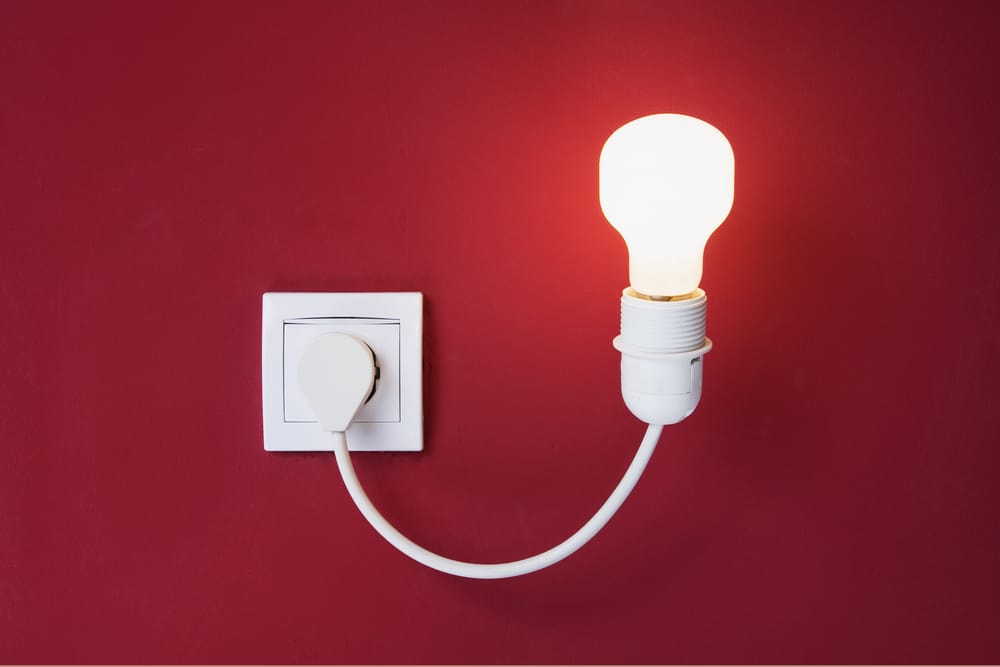
Transformers- Timers in Disguise
With all the features of a standard transformer, these photocell/timer-based transformers go one step further. They transform your lights to work like timers. Easy to install, they can light anything that works with traditional transformers. Whether you’re new to outdoor lighting or want to add some new features to your current setup, transformer-based lights are a great choice.
Timers are a fantastic way to enjoy the lights without having to spend all day fiddling with them. Particularly in places where you’ll be present when the lights are on.
For example, if you have dusk-to-dawn lighting in your front yard, you could set it up. So they turn on every night at twilight and go off again at sunrise. Likewise, if your kids like to play outside, you don’t worry about them getting hurt once it gets dark.
A Flick of a Switch
Wiring outdoor lights to an interior light switch is something no one thinks about until they do. And when they do, it leads to “A Flick of a switch” and the flood of light that accompanies it. Transform your outdoor lighting installation into a whole new (literal) level of enjoyment with this wiring procedure.
You can also transform your day with the security and ease that comes from having easy lighting control over your space.
Even in areas where the cost of electrical power is high, solar-powered lights make sense. The installation costs are low, and the operating costs are zero. Solar-powered lights are a great way to light any outdoor space in a way that is both easy and good for the planet. Like all energy efficient bulbs, solar-powered lights will save homeowners money for electricity costs.
But a good solar-powered light isn’t any good if it isn’t bright enough. In some places, the glare of daytime sunlight can be blinding. At others, the glare of nighttime lights can be equally blind.
Solar-powered lights usually include a sensor that detects daylight or darkness. But unless it’s installed with great care, the sensor can fail.
We have a selection of articles on Porch lights, brightness location, color and more lighting options. We have highlighted some below but you can search if you need more.
- how bright should a porch light be
- what is the best color for a porch light
- covered deck lighting ideas
- how can i light a balcony without an outlet
- do smart lights use less power
- how far from the door should a porch light be
- Can you wire an outside light to a plug socket
Final Thoughts
Most outdoor lights illuminate the landscape. But landscape lighting can do more. It can accent architectural features, emphasize paths, driveways and highlight special plants. Landscape lighting makes your property safer, too. It illuminates dark areas of your yard. Outdoor lighting does more than a highlight. It creates an atmosphere. You can use it to make your house seem warm and intimate or cool and modern. It can also create moods or change your attitude.

